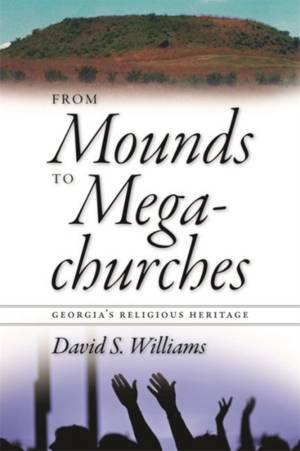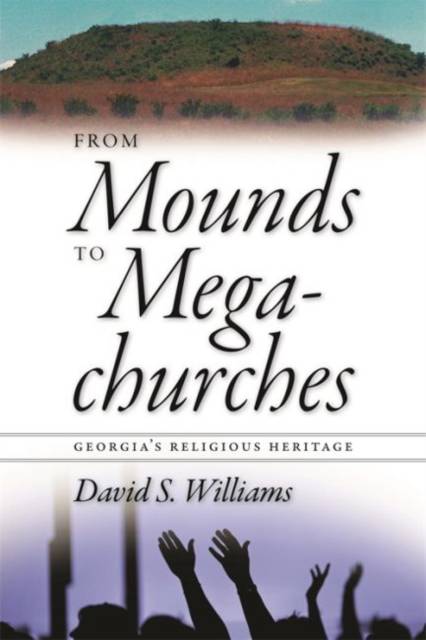
- Retrait gratuit dans votre magasin Club
- 7.000.000 titres dans notre catalogue
- Payer en toute sécurité
- Toujours un magasin près de chez vous
- Retrait gratuit dans votre magasin Club
- 7.000.0000 titres dans notre catalogue
- Payer en toute sécurité
- Toujours un magasin près de chez vous
37,45 €
+ 74 points
Description
In From Mounds to Megachurches David S. Williams offers a sweeping overview of the role religion has played in Georgia's history, from precolonial days to the modern era.
Williams shows that colonial Georgia was a remarkably diverse place, populated by mainline colonial congregations that included Anglicans, Roman Catholics, German- and Spanish-speaking Jews, Salzburg Lutherans, and Scottish Presbyterians. It wasn't until much later that evangelicalism triumphed and Baptists became the overwhelmingly dominant denomination. Williams uses the stories of such important figures as Tomochichi, John Wesley, Jesse Mercer, Henry McNeal Turner, Lillian Smith, Martin Luther King Jr., and Clarence Jordan to portray larger historical narratives and denominational battles. Race and religion were intertwined not only in such key movements as abolition and civil rights but also throughout Georgia's history. "In order to fully grasp the religious heritage of Georgia," Williams says, "we must return again and again to racial matters." Recently, Georgians have seen racial, ethnic, and religious diversity grow as Muslim, Buddhist, Hindu, Sikh, Baha'i, and other communities have settled in the state. Williams explores how Georgians have dealt with contemporary issues of tolerance and how, at times, the state has taken center stage in our nation's culture wars. Firmly rooting religious history in a social, cultural, and political context, Williams presents a representative and balanced account of Georgia's religious heritage. From Mounds to Megachurches sheds new light on what it means to be a Georgian by exploring an issue that remains central to life in the Sunbelt South.Spécifications
Parties prenantes
- Auteur(s) :
- Editeur:
Contenu
- Nombre de pages :
- 240
- Langue:
- Anglais
Caractéristiques
- EAN:
- 9780820337838
- Date de parution :
- 15-04-11
- Format:
- Livre broché
- Format numérique:
- Trade paperback (VS)
- Dimensions :
- 145 mm x 218 mm
- Poids :
- 317 g

Les avis
Nous publions uniquement les avis qui respectent les conditions requises. Consultez nos conditions pour les avis.






